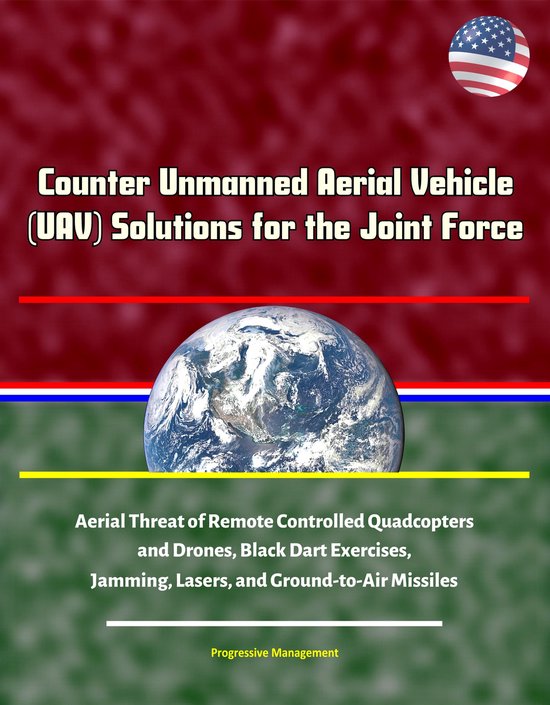This report has been professionally converted for accurate flowing-text e-book format reproduction. The recent commercial sales explosion of small, low cost UAV's has renewed discussions amongst security professionals and leaders at all levels of government concerning the threats presented by drones. For well over a decade, these concerns have been presented, discussed, admired, and assessed numerous times. However, a new urgency exists as negligent owners, criminals and terror organizations have realized the capabilities of these devices and are using them in deadly ways. Small-UAV's, which include both remote controlled model aircraft and drones, have been on the commercial market for decades. However, they (specifically quadcopters or drones) have proliferated in staging numbers over the past few years driving renewed concerns and governmental regulations. While the sales figures are impressive, the capabilities of these devices to be used as surveillance and reconnaissance platforms as well as payload delivery vehicles are even more concerning. These capabilities when coupled with their inherent portability and an operator with evil intentions have proven to be deadly. Fortunately, military and commercial organizations have searched for a means to deal with these small, slow, stealthy devices. Further, several systems have proven to be rather successful in defeating these small-UAV systems and have been employed at various civic and sporting events to monitor and deter potential threats from small-UAV's. As these counter-UAS systems have been developed and tested with success, the joint force must act quickly to choose an agile acquisitions model to procure and employ these weapons systems for the protection of property, assets and personnel. In complimentary fashion, the concept of operational employment of these weapons systems must also be agile and responsive to the evolving threat.
This compilation includes a reproduction of the 2019 Worldwide Threat Assessment of the U.S. Intelligence Community.
The Air Force has maintained dominance of the air domain to such a degree that since Korean War, no American ground forces have been killed since 1953. However, American ground forces have new reasons to look up. The newest aerial threat, low cost commercially available remote controlled quadcopters (commonly referred to as drones), have stormed onto the world stage in huge numbers over the past several years and have the capacity to end air superiority in the future. The threat may be physically small and relatively inexpensive, however, their diminutive size, extensive capabilities and low cost make them extremely attractive for kids and criminals alike. Although this threat is not a new technology and has penetrated the discussions of military leadership for decades, the time for admiring the problem and forecasting trends needs to end quickly. The concern is such that the entire Joint Force must act quickly in order to protect its property, assets and people and uphold the record of success which began in 1953. The small, very low cost, commercially available remote controlled quadcopter has proliferated at a frenzied pace over the past several years. The popularity of UAV's (unmanned aerial vehicle), commonly referred to as drones, has certainly attracted the attention of children, parents, commercial manufacturers, military and many levels of government. While UAV's have been a popular topic in military discussions and in the press lately, they have been in existence for quite some time. In fact, the first successful UAV flight occurred in England in 1917, whereas, the first remotely controlled model aircraft did not appear until the mid-1930's.
